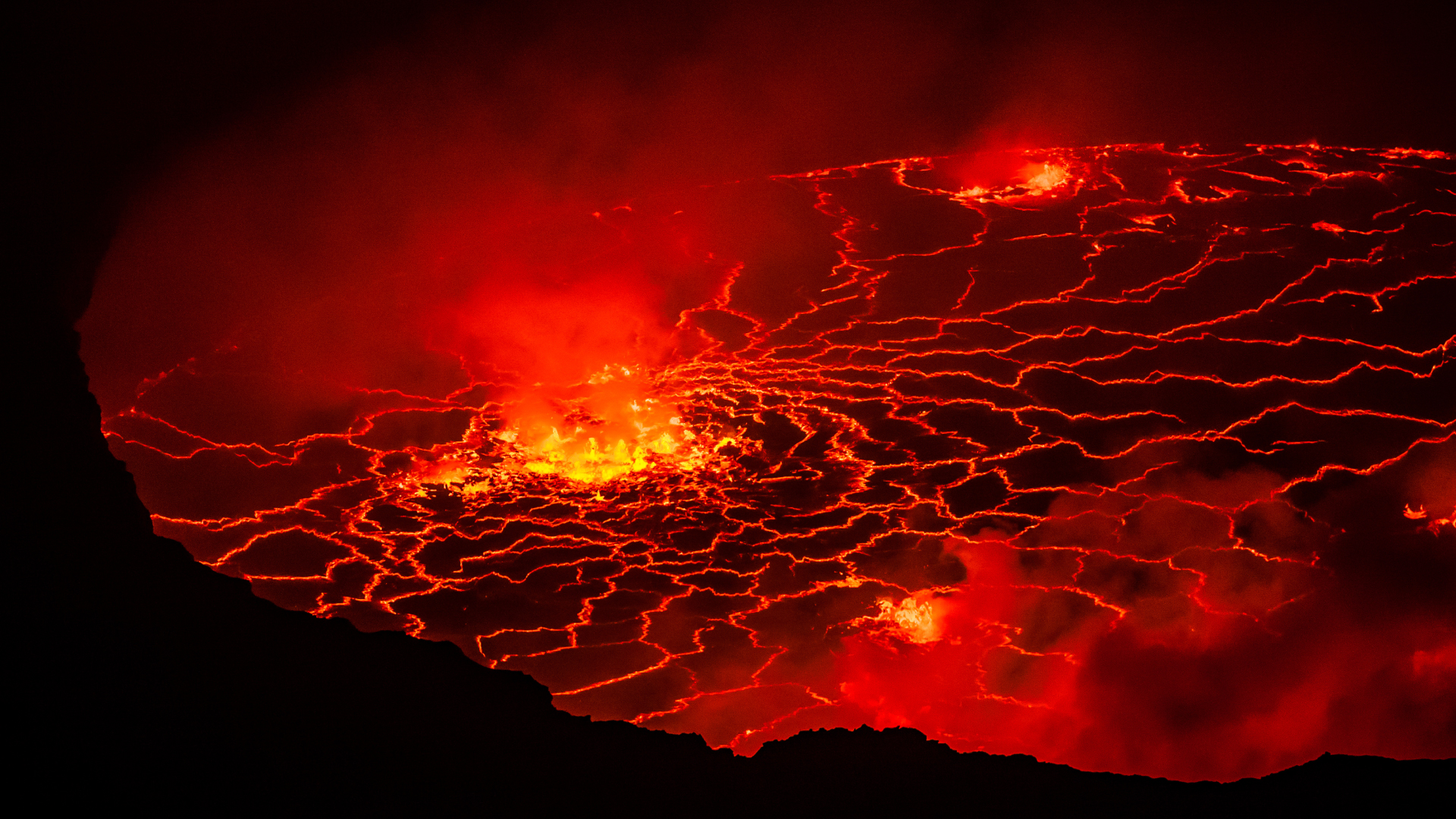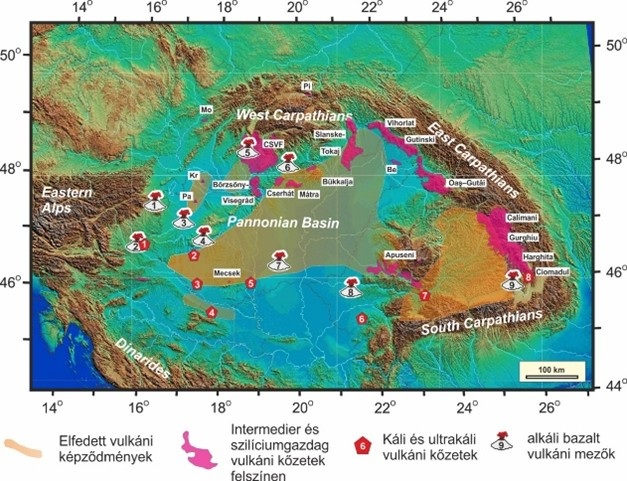Researchers Uncover the Types of Volcanic Eruptions That Shaped the Carpathian Basin
The volcanic activities and their causes that coincided with the formation of the Carpathian–Pannonian region have been compiled in a special publication by the Geological Society of London. These collected data are significant not only for geological research but also for identifying geothermal energy sources and raw materials, as well as assessing earthquakes and volcanic eruptions, explained a researcher from the HUN-REN RCAES Institute for Geological and Geochemical Research who participated in the study.

A new comprehensive study detailing the volcanic history of the Carpathian–Pannonian region has been published in a special publication of the Geological Society London. The recently released article, authored by a team including Réka Lukács, a researcher at the HUN-REN RCAES Institute for Geological and Geochemical Research, summarizes the causes of volcanic eruptions that occurred during the formation of this region. The region’s volcanism was driven by complex tectonic processes, with significant contributions from the thinning of the Earth’s outer rigid lithosphere, including the crust, the subduction of tectonic plates, slow mantle flows, and the movements of microplates that make up the area.
Interestingly, the classic volcanic arc typically associated with subduction zones, as described in plate tectonic models, is not present in the Carpathian Basin (Carpathian-Pannonian region). Therefore, the term "back-arc basin" can only be applied to the Pannonian Basin in a structural geological context, the authors argue. The volcanic activity in the region produced a wide variety of formations, the origins of which were uncovered by experts through the analysis of the appearance and chemical composition of rocks and the crystals found within them.
The region's most recent volcanic eruptions occurred approximately 100,000 to 30,000 years ago, primarily in the still-active southeastern Carpathians. These eruptions indicate that the area remains geologically active and is continuously evolving, although the recurrence timescale of volcanic activity is long from a human perspective, spanning tens of thousands of years.

The spatial distribution of various volcanic formations in the Carpathian Basin
Despite nearly half a century of intensive scientific research, many unanswered questions remain about the relationship between volcanism and tectonic processes. The composition of volcanic rocks and their formation processes vary depending on several factors such as the conditions under which magma forms, the structure of the Earth's crust, and the geological environment. The timing and location of certain volcanic activities in our region often do not align with classical plate tectonic models, necessitating new approaches to understanding the causes of volcanism. “The complex volcanism of the Carpathian–Pannonian region provides an excellent opportunity for researchers to apply the 'source-to-surface' philosophy to gain a better understanding of the relationship between magmatic processes and geodynamic drivers,” says the researcher from the HUN-REN RCAES.
The study of volcanism in the region is not only significant for geological research but also plays a crucial role in the exploration of geothermal energy resources and raw materials, as well as in assessing natural hazards such as earthquakes and volcanic eruptions. This comprehensive work consolidates numerous scientific findings from the HUN-REN-ELTE Volcanology Research Group, established 11 years ago, which also laid the foundation for Réka Lukács’s successful application to establish the MTA Lendület Research Group. The goals of the MTA–HUN-REN RCAES Lendület PannonVulkán Research Group include expanding our knowledge of the region's volcanism and contributing through their research to a better understanding of the causes and dynamics of volcanic eruptions.

